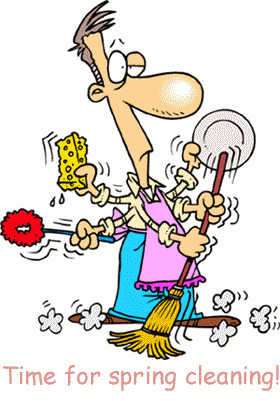When
purchasing a property, many buyers don’t think about how they will hold the title
to their new home or investment property until they sign the closing documents. Taking title may actually have serious ramifications
later, if not properly filed, especially if the property is owned by multiple
buyers. Some of the most common ways to
hold title is sole ownership, community property, community property with right
of survivorship, joint tenants, or tenancy in common.
What’s right for your situation?
Married Couple
When
a married couple holds title, the most common form is community property with
right of survivorship. This means tha
a
t if one spouse dies, the property is automatically transferred to the surviving spouse.
Single Man or Woman
Most
single people will elect to take title by sole ownership as a single man or
woman, or if they have been married the title would be held as an unmarried man
or woman.
Partnership
Many
real estate partners will choose to hold title as joint tenancy, which means
all parties own the property equally. If
one partner dies, the property transfers to the remaining partner without going
through probate. If the partners hold
title as tenancy in common, and a partner dies, the property of the deceased
person can be left to someone else, but still must go through probate first.
Adding Names to Title
It’s
crucial to be mindful when adding a name to a family member’s property title.
If the person is added as a joint tenant the tax assessor will reassess the
value of the property to the current market value - this means the taxes will
go up!
Make
sure you contact your CPA or lawyer if you are not sure about the best way of
taking title to a new property.










